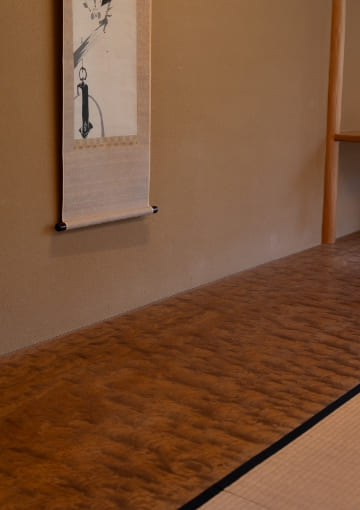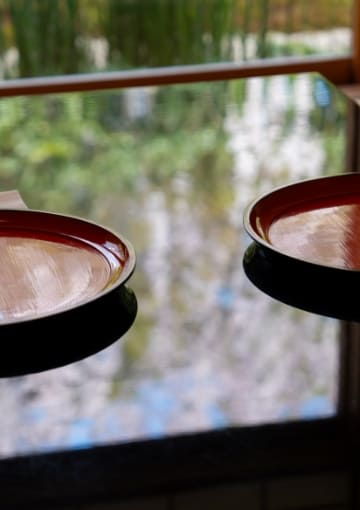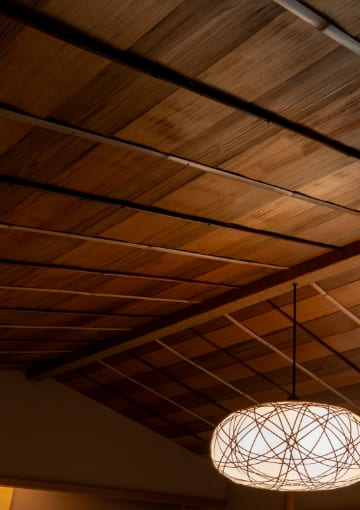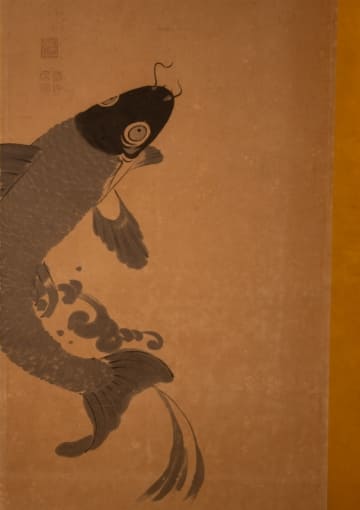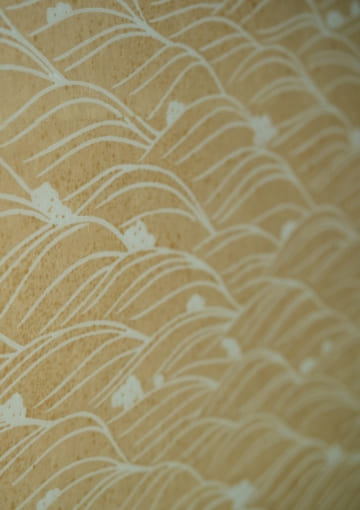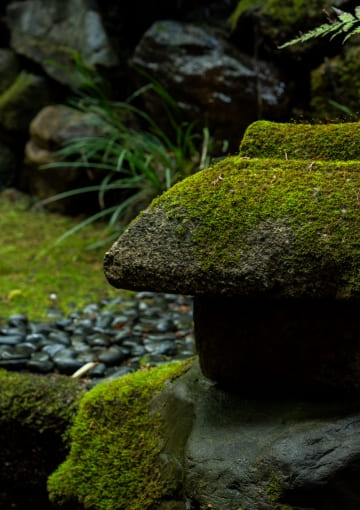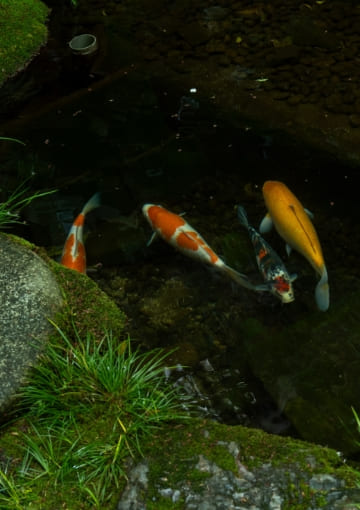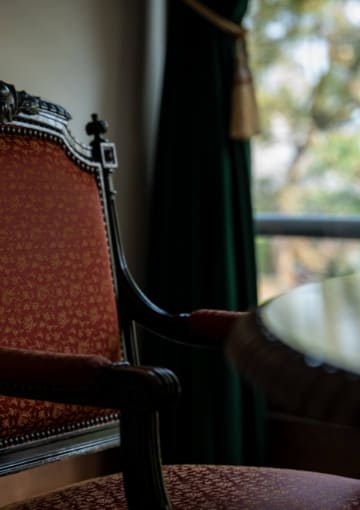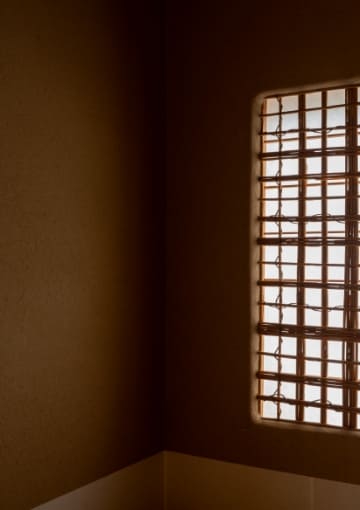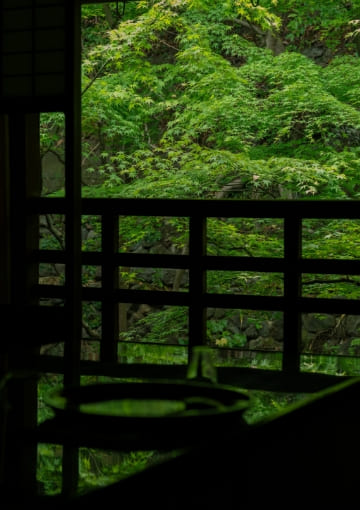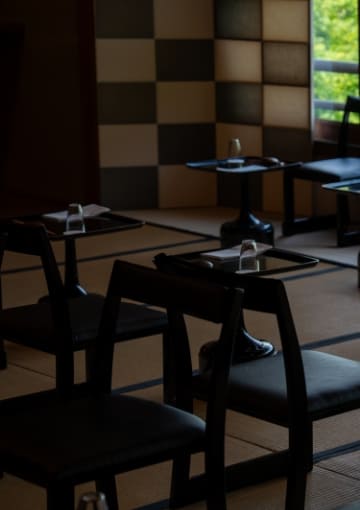竹の間 TAKENOMA 10
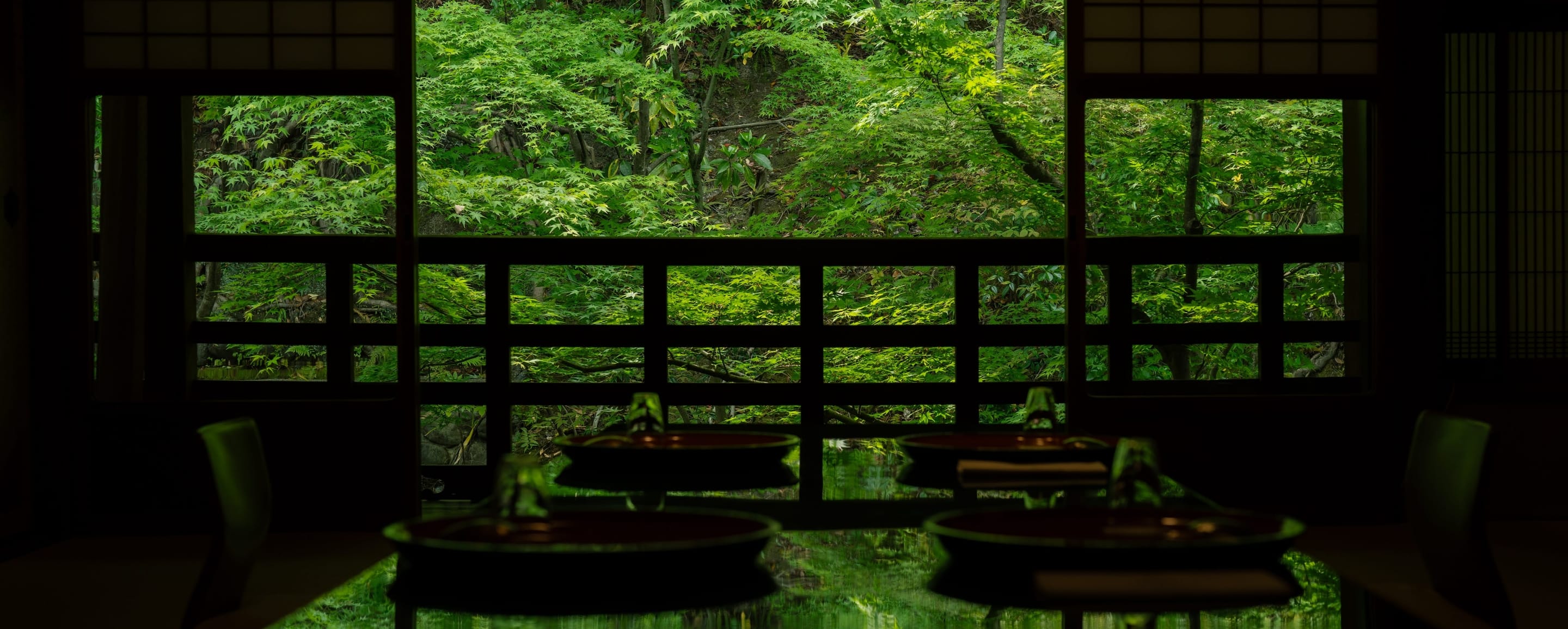
窓いちめん、山を借景とした
緑のパノラマ。
山紫水明の地 京都は、町全体が庭園だと言う人もいるほど、三方を囲む山々や水の恵みを生かした名所名勝が随所にあります。山の緑を借景とした、竹の間。みずみずしい青もみじの季節も、燃えるような紅葉の季節も、圧巻の眺めが窓から溢れこんでくるようです。江戸末期に建てた母屋の2階に位置し、重厚な雰囲気の室内と色鮮やかな窓景色が、絶妙な対比を生みだしています。
From the window, a natural panorama of green mountains
Kyoto is a land of scenic beauty, with some going so far as to call it a city-wide garden; at every turn you will find a famous sight or a scenic spot making use of the mountains surrounding the city on three sides or the abundant water. Take-no-ma (literally the ‘bamboo room’) offers a panorama of green mountains. Whether the season of vibrant green momiji maple leaves or their fiery autumn colors, the breathtaking view seems to spill through the window. Located on the second floor of Kikunoi’s main building which was erected in the late Edo period, guests are intrigued at the striking contrast between the solemn interior and the vibrant view from the window.
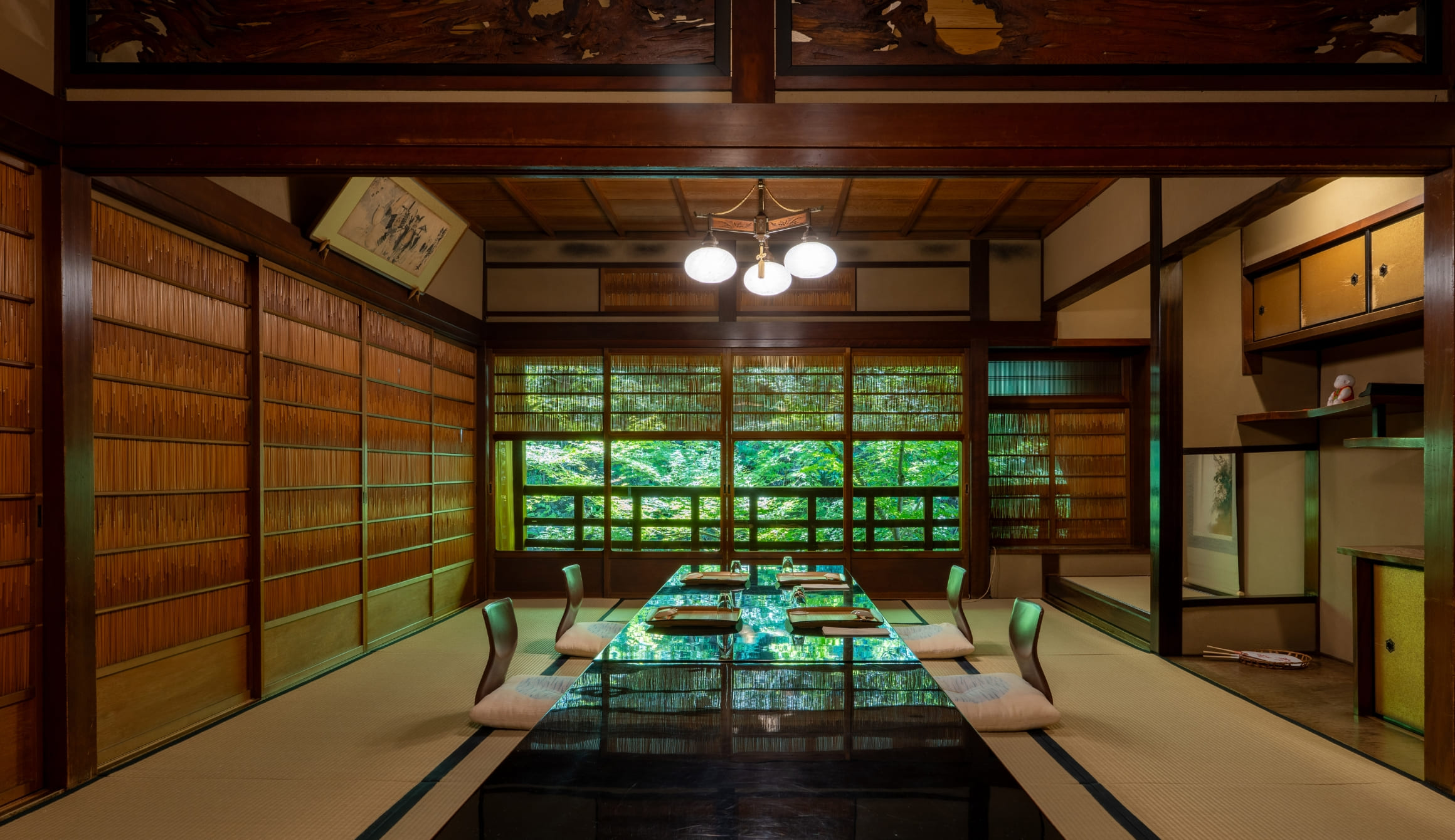
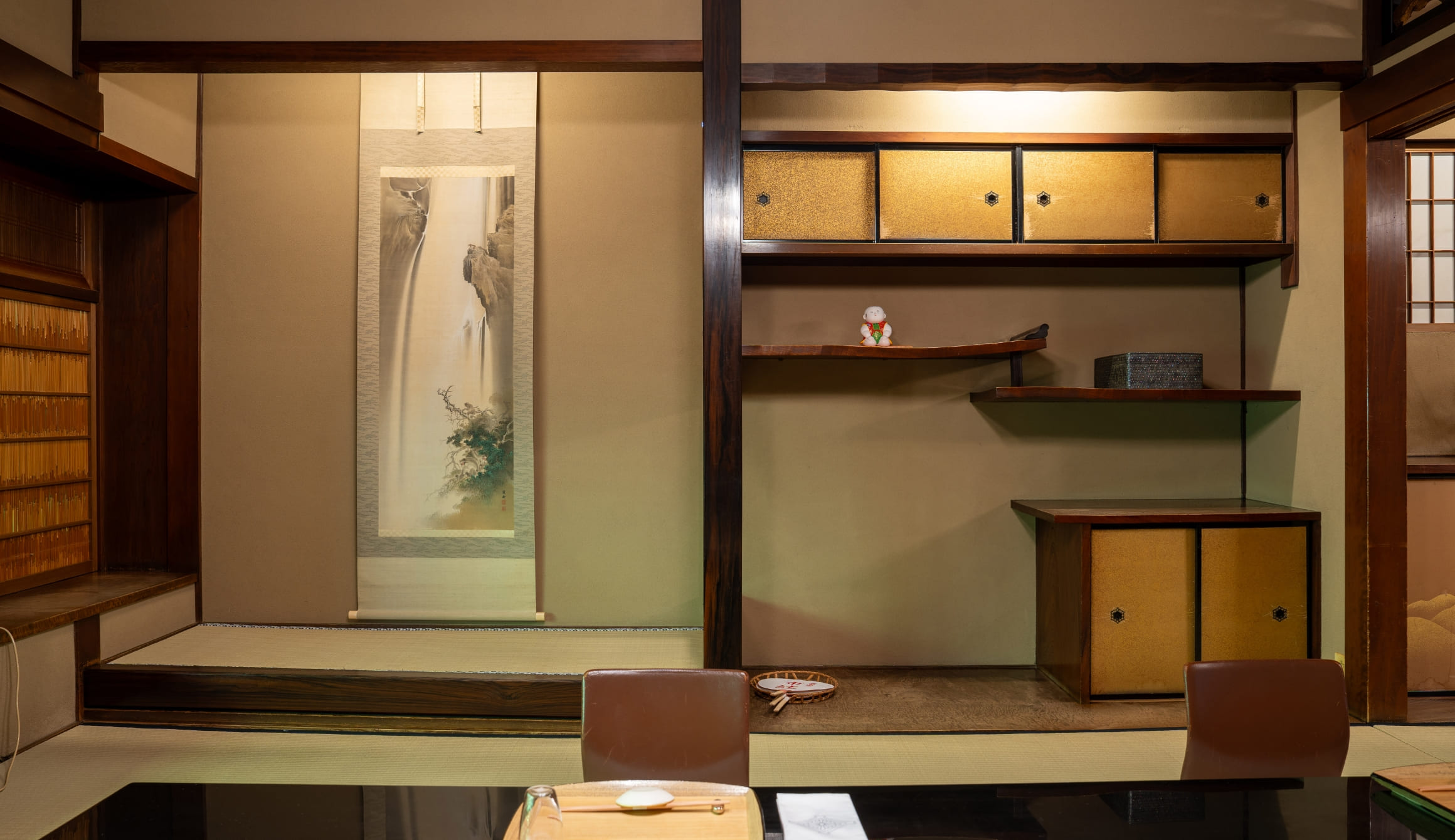
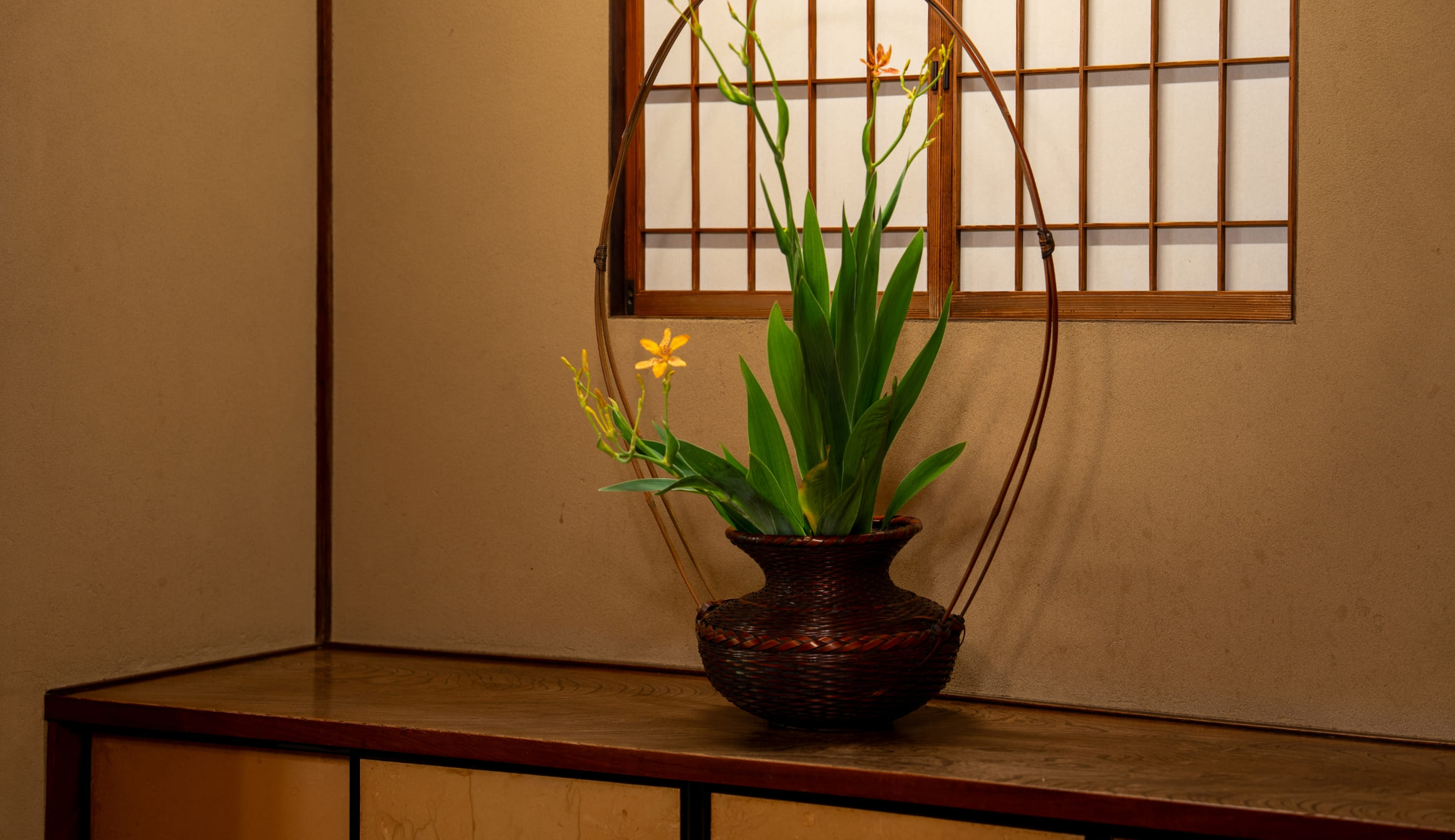
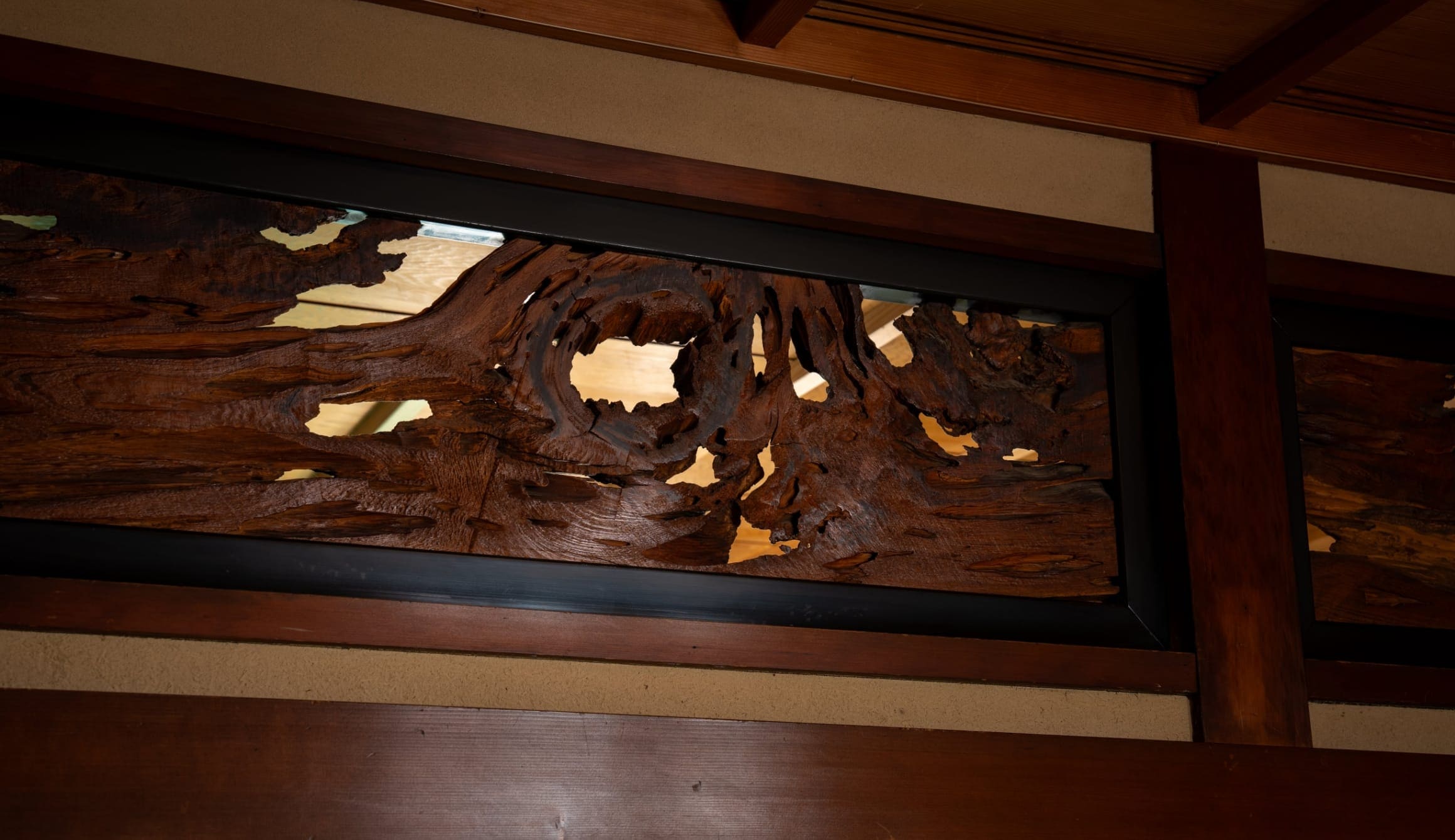
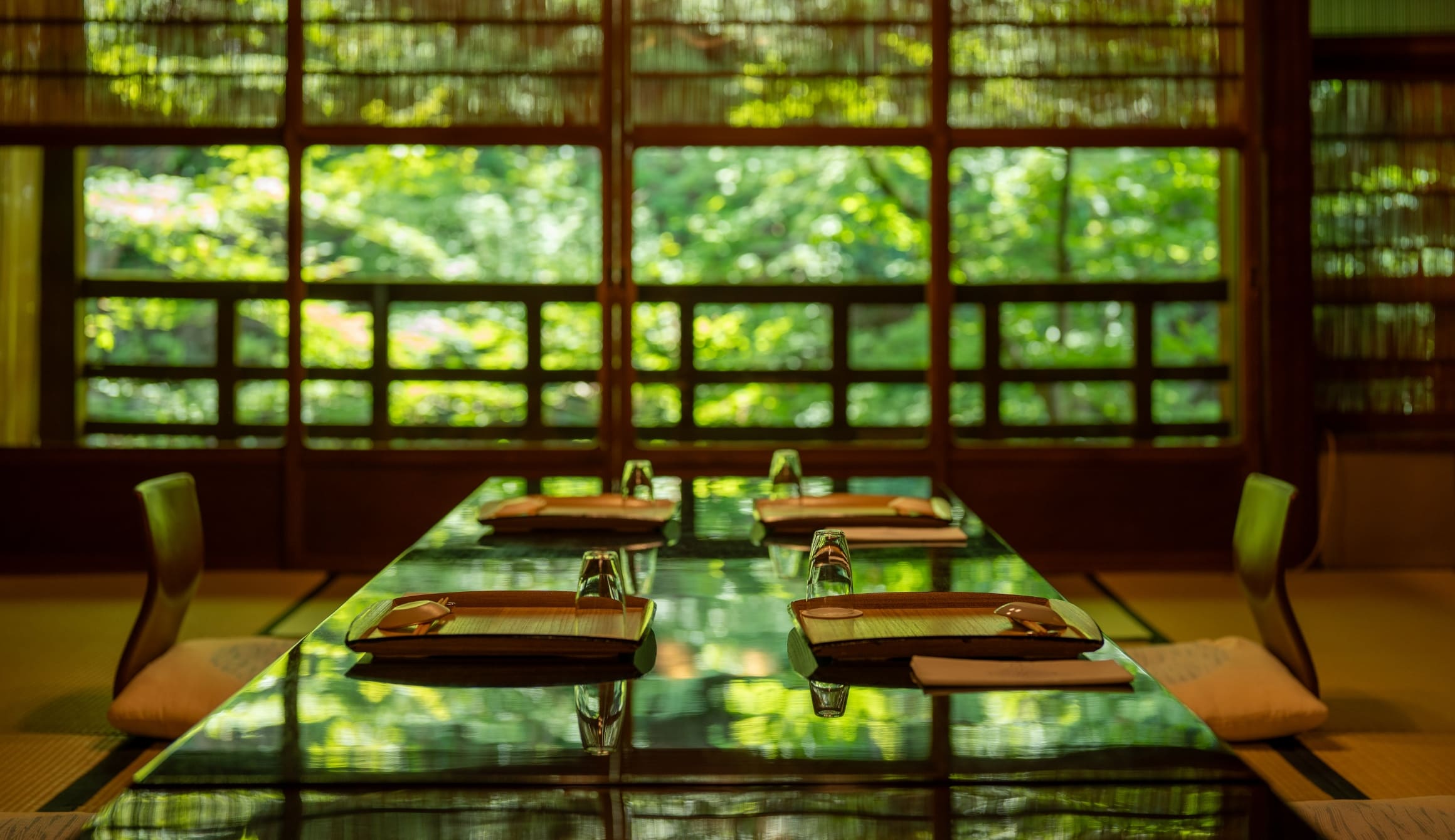
Details
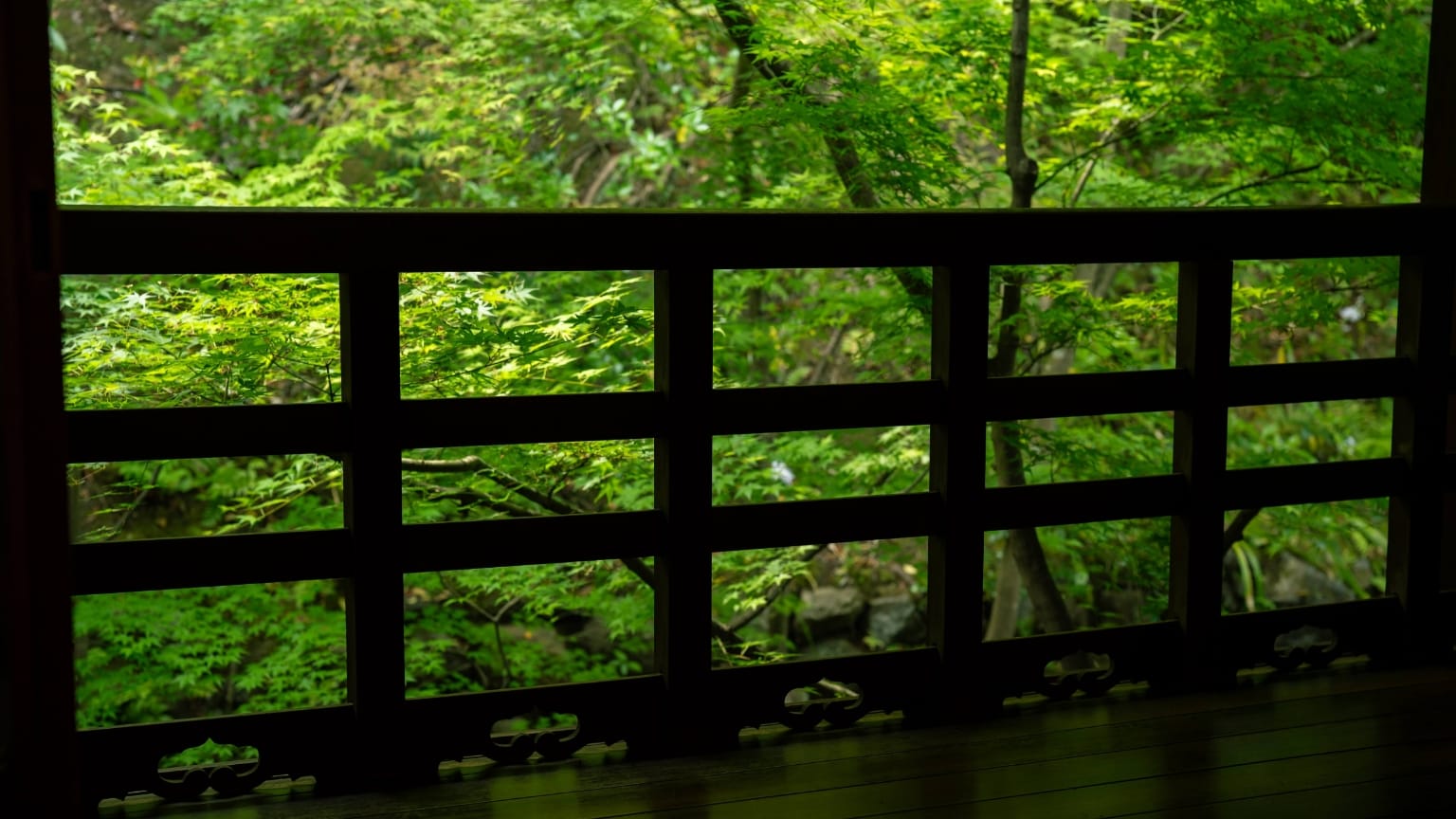
視界すべてが見事なもみじ。床板やテーブルの天板にも緑の光が差しこみます。
A magnificent view filled with momiji maple leaves. Their vibrant green light is caught by the floorboards and reflected in the tabletop.
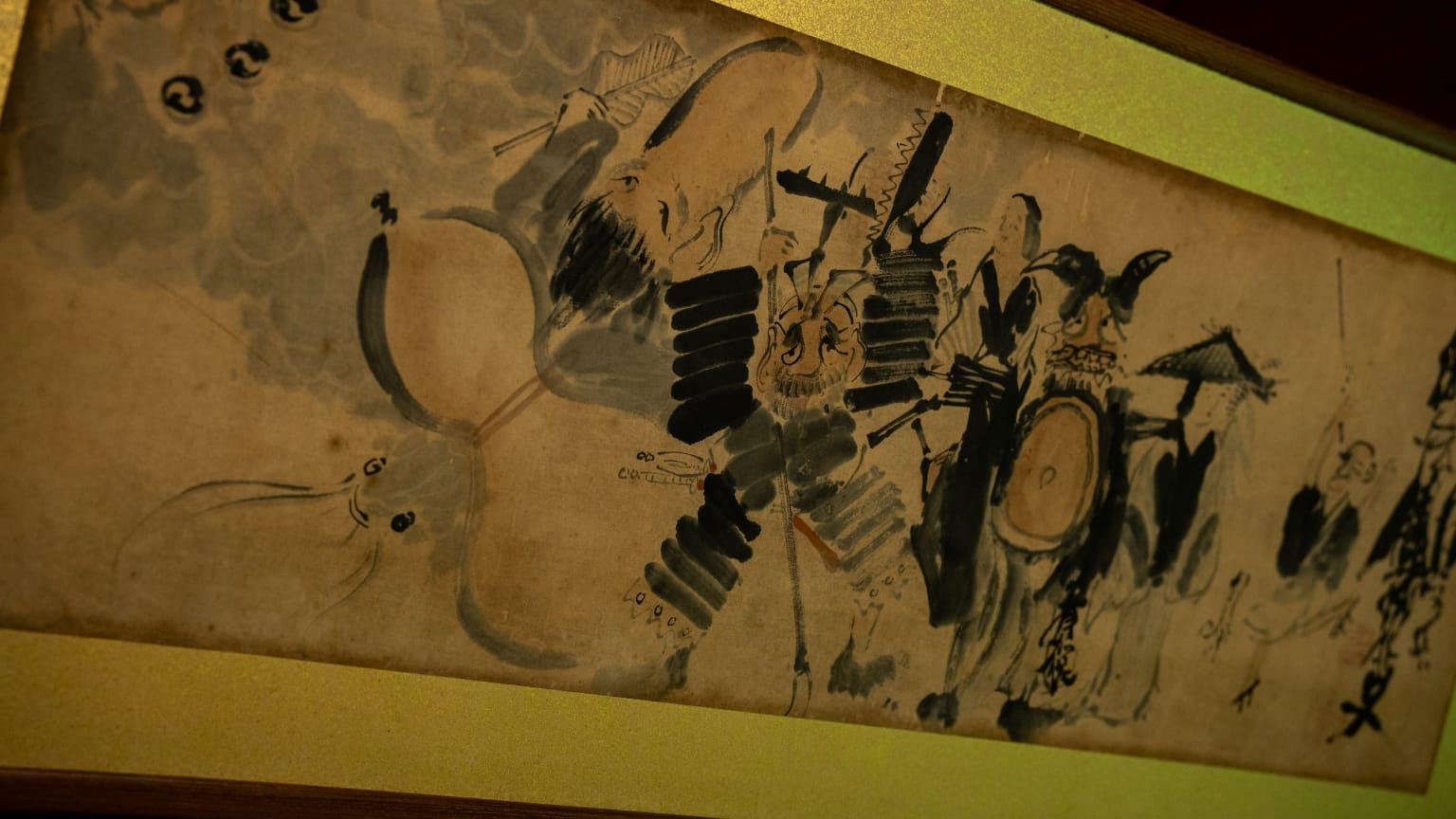
神々が入り混じる、富岡鉄斎らしい軽妙洒脱な欄間額。
Featuring a mingling of the gods, this lighthearted yet sophisticated ranma (the wood-carved transom panels commonly seen overhead in Japanese style rooms) is typical of the artist Tomioka Tessai.
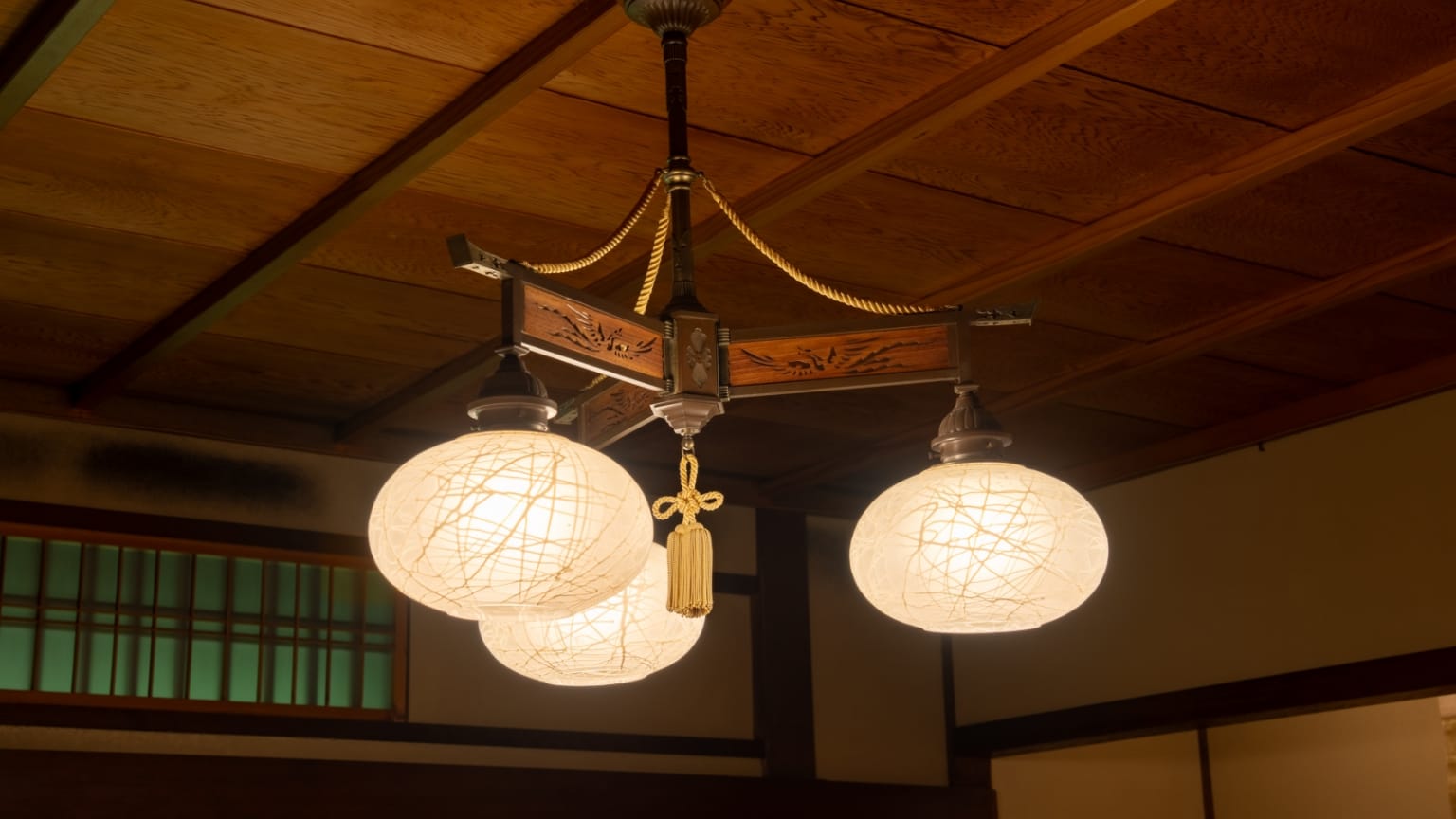
明治時代の和製シャンデリア。もとは行灯だったものをガラスのシェードに。
A Japanese-made chandelier from the Meiji period. Originally for paper lanterns, it was converted into glass lampshades.
